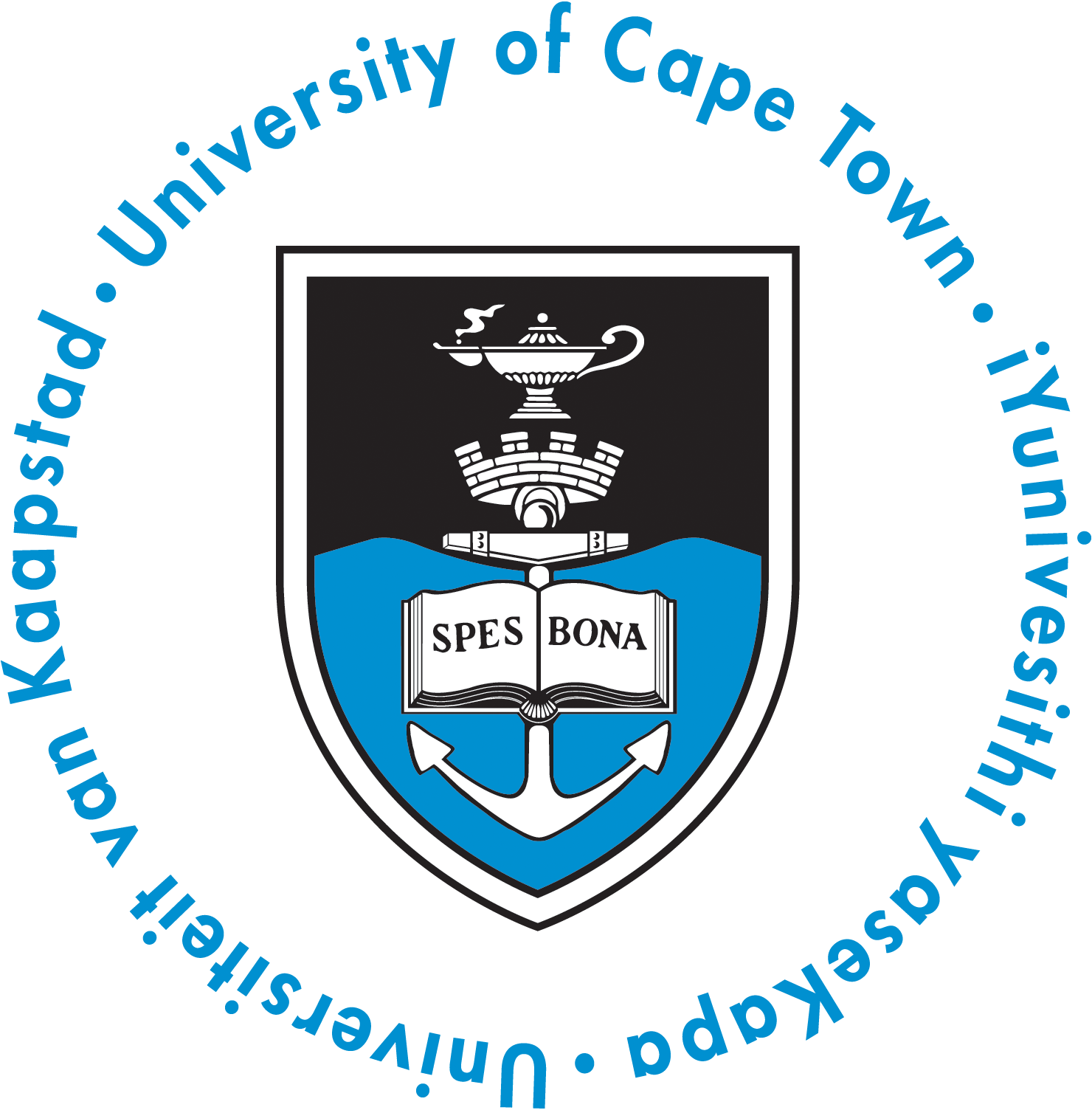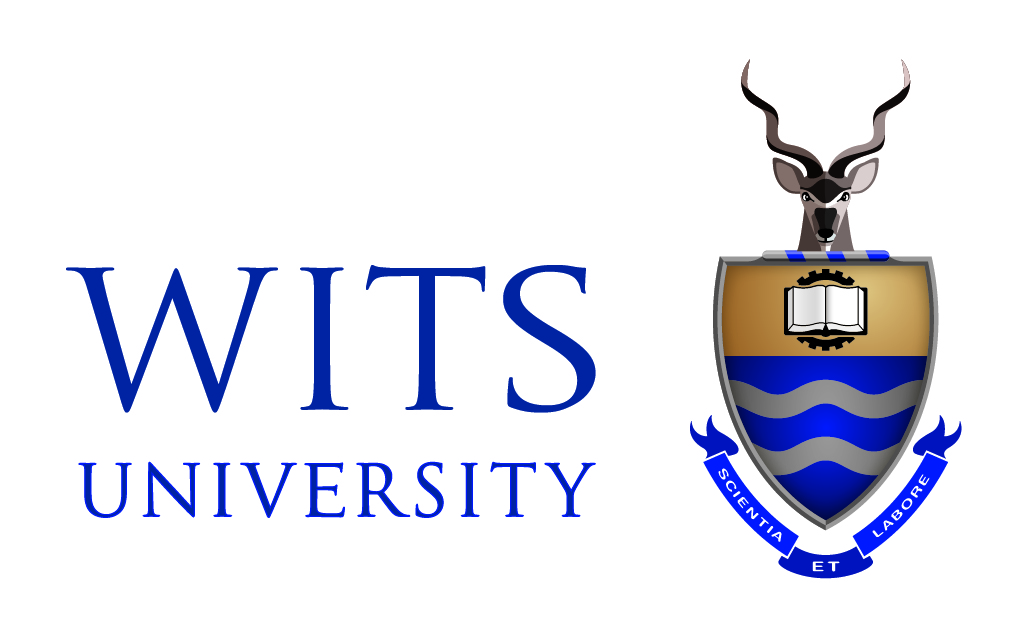- Indico style
- Indico style - inline minutes
- Indico style - numbered
- Indico style - numbered + minutes
- Indico Weeks View
NITheCS Focus Area Workshop: “Decoding the Universe: Quantum Gravity and Quantum Fields”
→
Africa/Johannesburg
Stellenbosch
Description
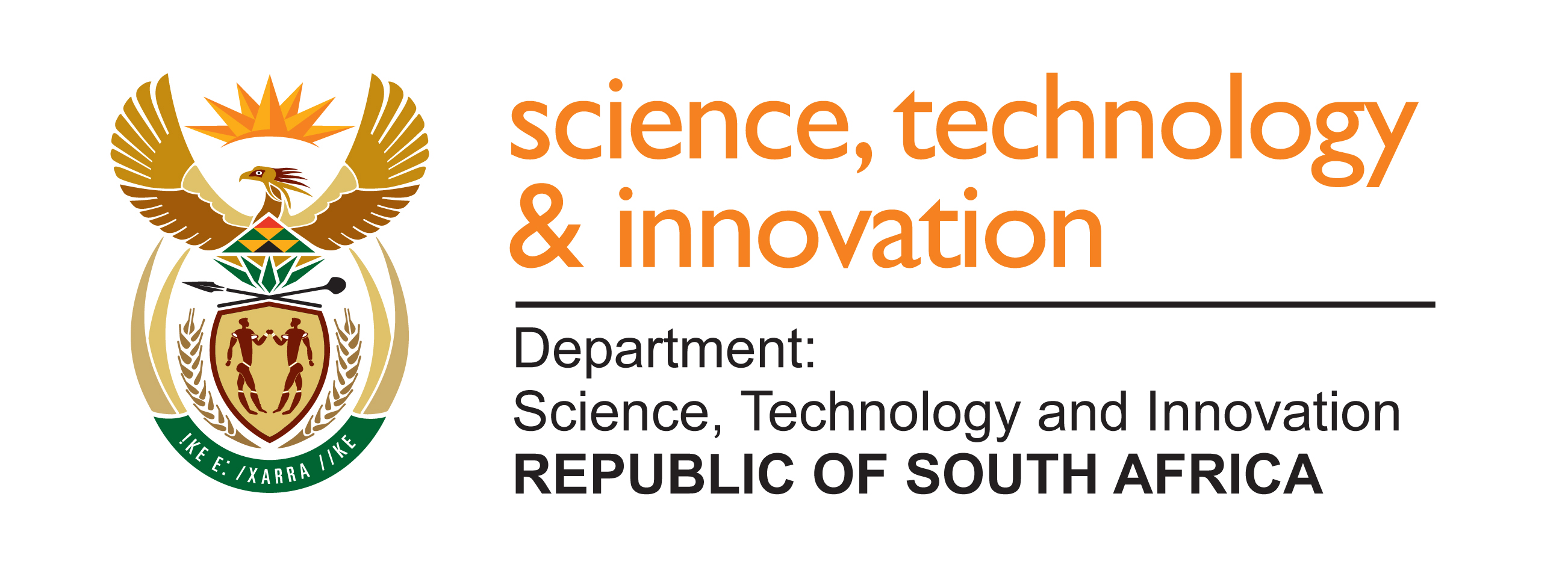
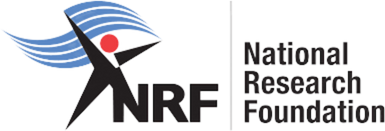
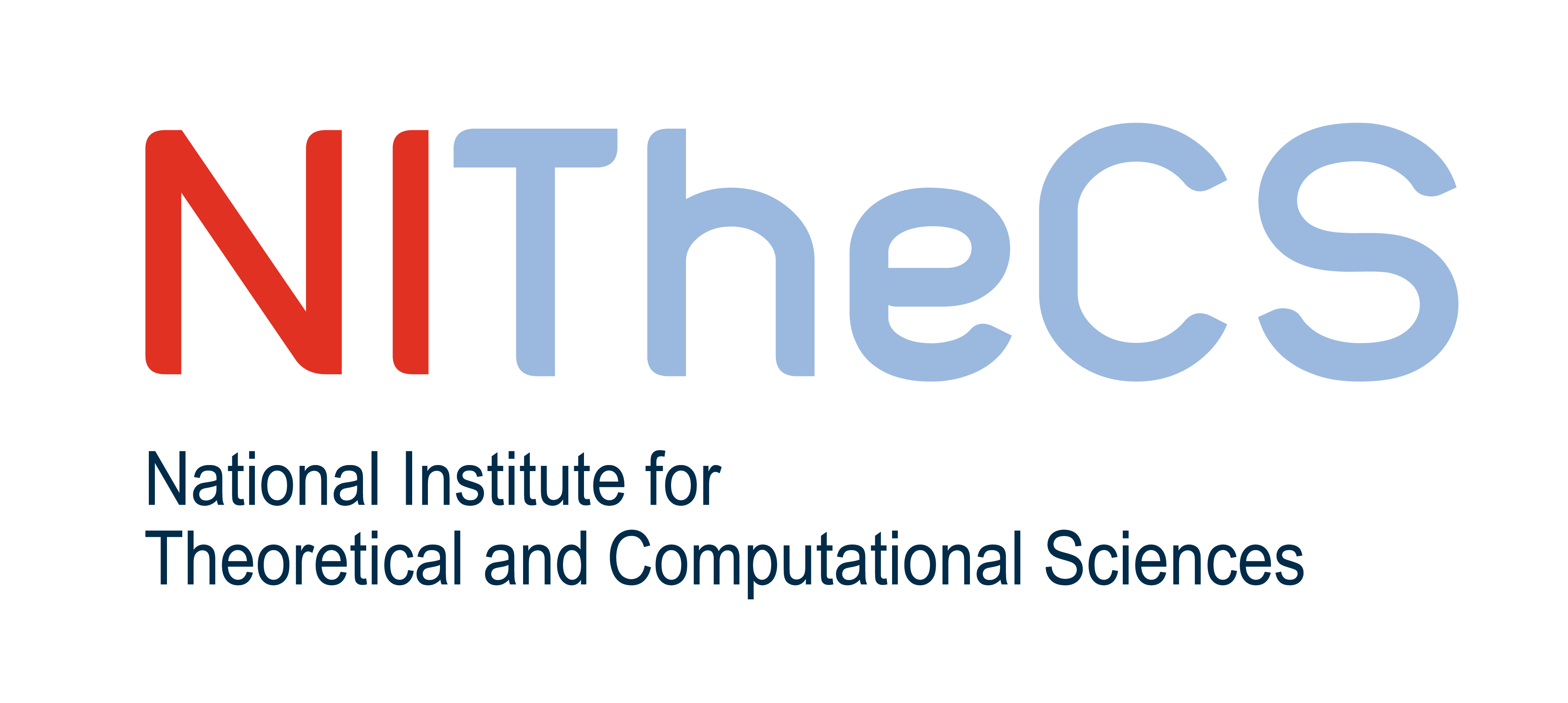
NITheCS supports a range of Focus Areas that reflect its commitment to advancing research and collaboration in the theoretical and computational sciences. These thematic hubs unite researchers, students, and institutions working on shared challenges – from fundamental physics and cosmology to data science, mathematics, and interdisciplinary applications. Through workshops, seminars, and collaborative initiatives, the Focus Areas stimulate knowledge exchange and innovation to drive research impact in South Africa and beyond.
ABOUT THE WORKSHOP
This workshop will bring together NITheCS Associates engaged in, or deeply interested in, cutting-edge theoretical physics. Participants will explore recent advances in quantum gravity, quantum field theory, and their intersections. Through an exciting programme of talks, discussions, and collaborative sessions, the event aims to spark dialogue, deepen understanding, and inspire new research directions in the pursuit of fundamental knowledge about the universe.
Organisers:
- Dr Shajid Haque (University of Cape Town)
- Prof Vishnu Jejjala (University of the Witwatersrand)
- Prof Costas Zoubos (University of Pretoria)
Apply for the workshop here
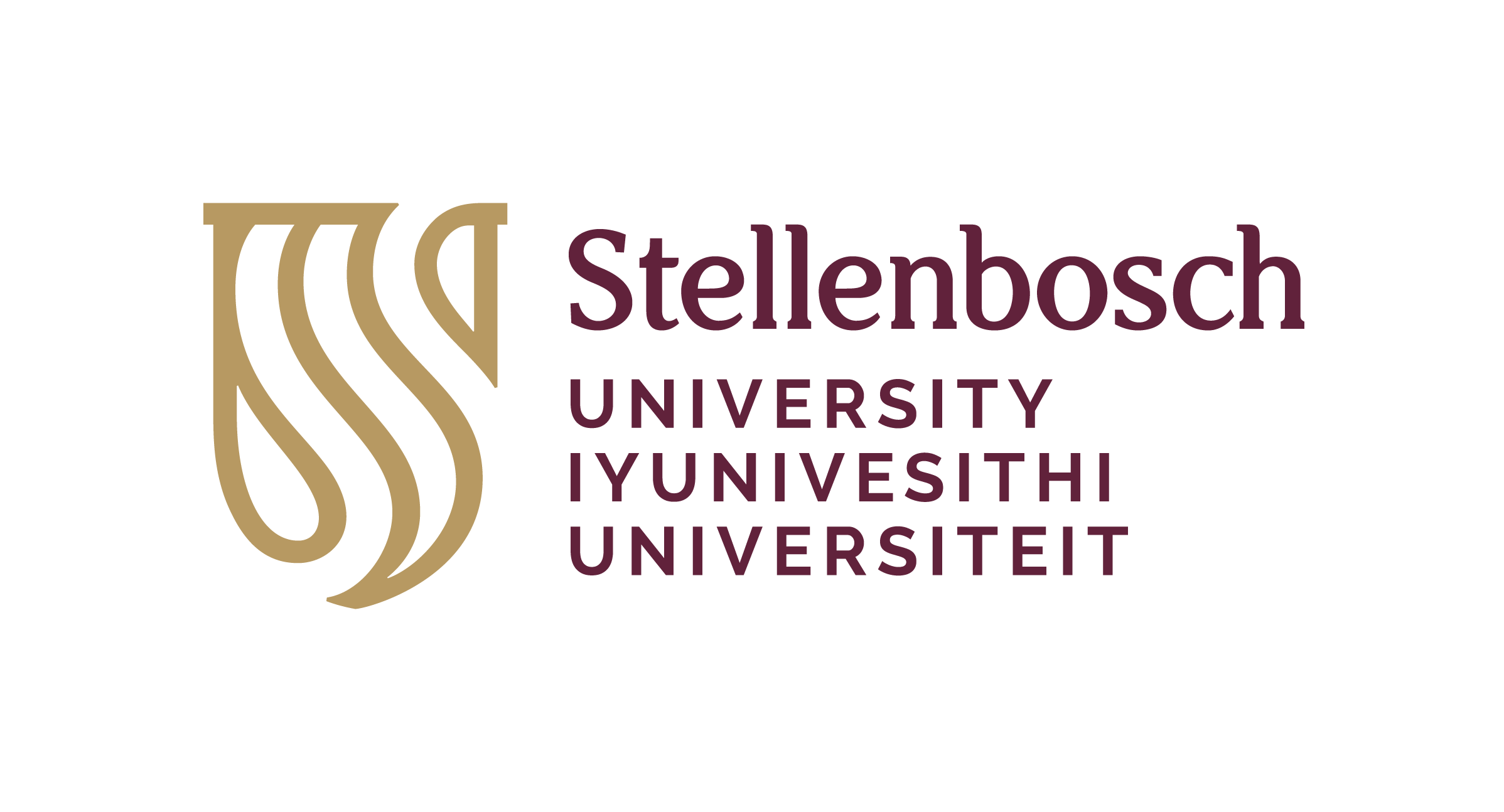
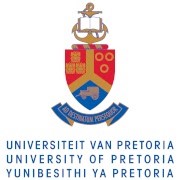
Organised by
Prof Vishnu Jejjala and Prof. Costas Zoubos
Email address
